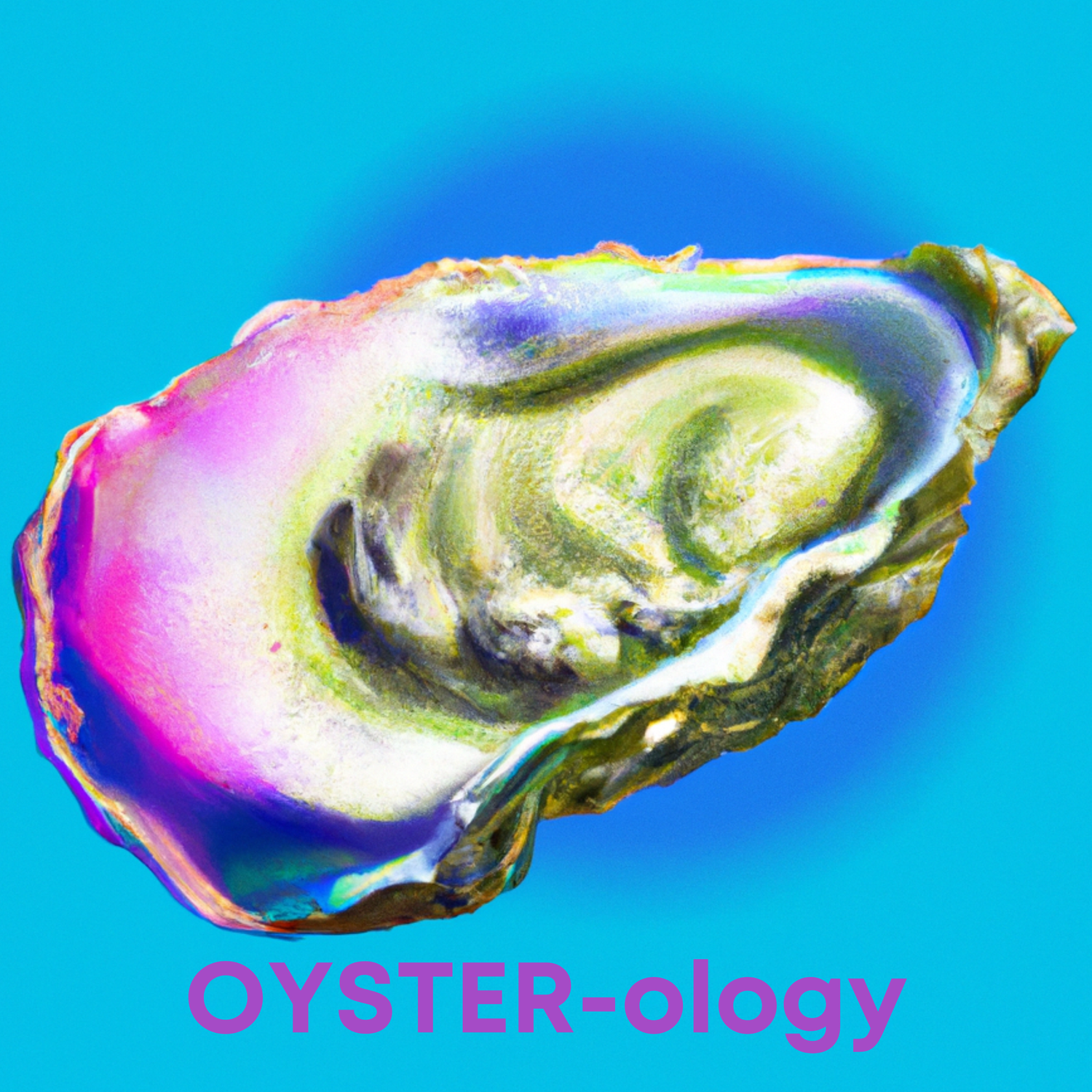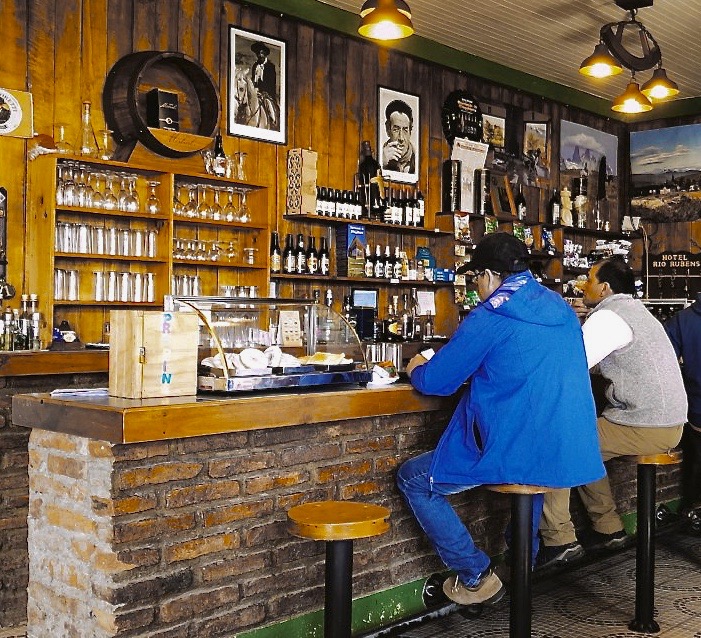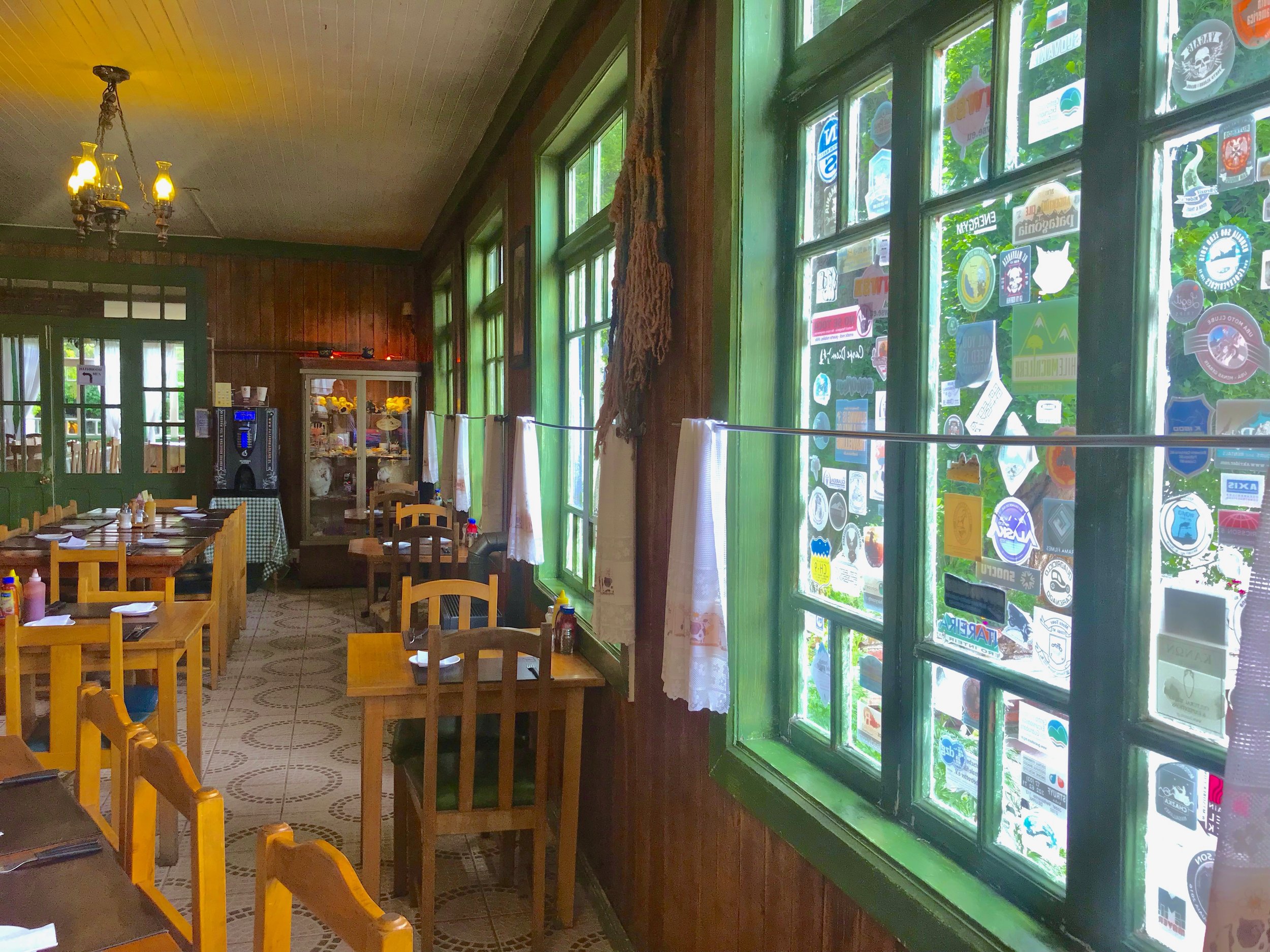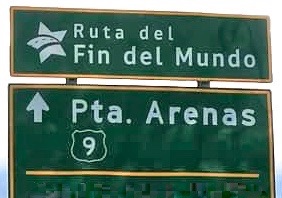Rest Stop At The Bottom Of The World
/The one road between the small Patagonian port city of Punta Arenas and the town of Puerto Natales runs endlessly though barren pastures, grayish green and pocked with tufts of faded silver grass. It’s dotted with a scattering of cows, the occasional ostrich-like Rea and thousands of fat sheep grazing to bulk up for the coming cold. They better eat fast, because in Patagonia summer is short and the ceaseless wind blows in icy weather without announcement.
December days in this southernmost part of South America — more “down under” than Australia — are searingly bright, and all sense of time is easily lost. Sunset comes around 11:30 at night, and it’s usually about an hour before that when you first think it may be time for lunch. It was then that we came upon a place — the only place — to stop for a break and maybe something to eat. Posada Río Rubens is one of those special places that you might picture in your mind if you knew enough to think about it — local, quaint and solitary. And if you did imagine it, you would stow that vision as a “must stop” experience while driving around Chile’s Patagonia. I had not heard of this obscure, lonely road stop, so took great delight walking through its squeaky door into a large, warm room in the middle of nowhere.
Posada Río Rubens was built way back around 1929, when some hearty settlers must have decided that establishing a rooming house and tavern in a desolate part of sparsely populated Patagonia seemed like a good idea. Back in those days construction was basic but solid, designed to last through winters of wicked cold winds, snow and long, dark nights. Today it’s a faded white remnant of itself, with green trim and windows covered with stickers left by visitors as signatures from far away. Inside, it’s a wood paneled room with a reasonably stocked bar, simple pine tables and an ancient, pot-bellied wood stove to keep it toasty. Maps line the walls between faded photos of weather-warn Patagonians and the revered Pablo Neruda, who wrote poems of this region with a blend of love, affection, fear and loathing.
Río Rubens calls itself a posada, or simple hotel, because of its four small cabins scattered around the grassy property beside the barren highway. Three singles and a double, the waitress told me, but from all appearances the cabanas looked as if they hadn’t had many guests in recent years. Which made sense to me, as there is little reason to bed down in this desolate hinterland. So more than as a place to sleep, Río Rubens is mostly a welcoming haven for hungry travelers to rest for a minute over some food, maybe a coffee and a genuine smile from the few locals inside.
We sat down near the iron furnace; no wood was burning due to the balmy 50ºf heat of the Chilean summer. The menu was a simple line up of Chilean classics: sandwiches like Chacarero — slices of braised beef with shredded green beans, barely-ripe tomato and sliced green peppers slathered with homemade mayo and mashed avocado. And its close cousin, the Churrasco a lo pobre, with its cooked beef and lightly-fried egg drooling over the edges. Both are topped with pan amasado, hand-kneaded flour-and-lard buns baked each morning in the clay oven out back. And of course Chile’s national soup of Caldio de Congrio — another tribute to poet Neruda — a warm broth with corn, potato and a thick chunk of its namesake conger eel, so dense and delicious. At the small bar, either of the two waitresses running the joint could pull together shots of whiskey or a pisco sour; excellent options to fight the ever present Patagonian chill. But we opted for local beer to fortify us for the rest of the drive.
Our destination was Torres Del Paine National Park; a place of indescribable beauty and grandeur. The Torres — those unmistakable rock horns that beckon people the world over — are surrounded by snow-capped mountains too numerous to name, crystalline turquoise lakes and sweeping glaciers. There are few places like it on the planet and it is well-worth the time and expense to go there. But Torres Del Paine occupies just a tiny part of Patagonia, most of which is accessible only to trekkers, climbers and adventurers with more guts and strength than me. It spans both Chile’s and Argentina’s southern cone, stretching to the literal end-of-the-road on the bottom shores of the continent — next stop, Antartica. It is beautiful beyond compare and hard to believe that it’s not just a massive green-screen image projected before you. The very sight of its majesty made me want to inject myself into it in ways I had never anticipated — maybe I could climb those mountains, or paddle those fiords, or traverse the crevasses of endless glaciers. Maybe! Until a frigid wind swept inside my open jacket and I lunged back to the sanctuary of my car idling at the edge of the dirt road. Maybe not….
Torres Del Paine
Which is why, instead of laying in a sleeping bag on the damp, hard ground by some remote alpine lake in the shadow of impossible cliffs, I found myself in this warm, comfortable roadside taverna en route to a warm, comfortable hotel on a more civilized edge of turquoise water, cocktail in hand, gazing at those miraculous mountains. Not a backpack, kayak or crampon in sight….
Posada Río Rubens, Ruta 9, Km 65 between Punta Arenas and Puerto Natales, Chile













